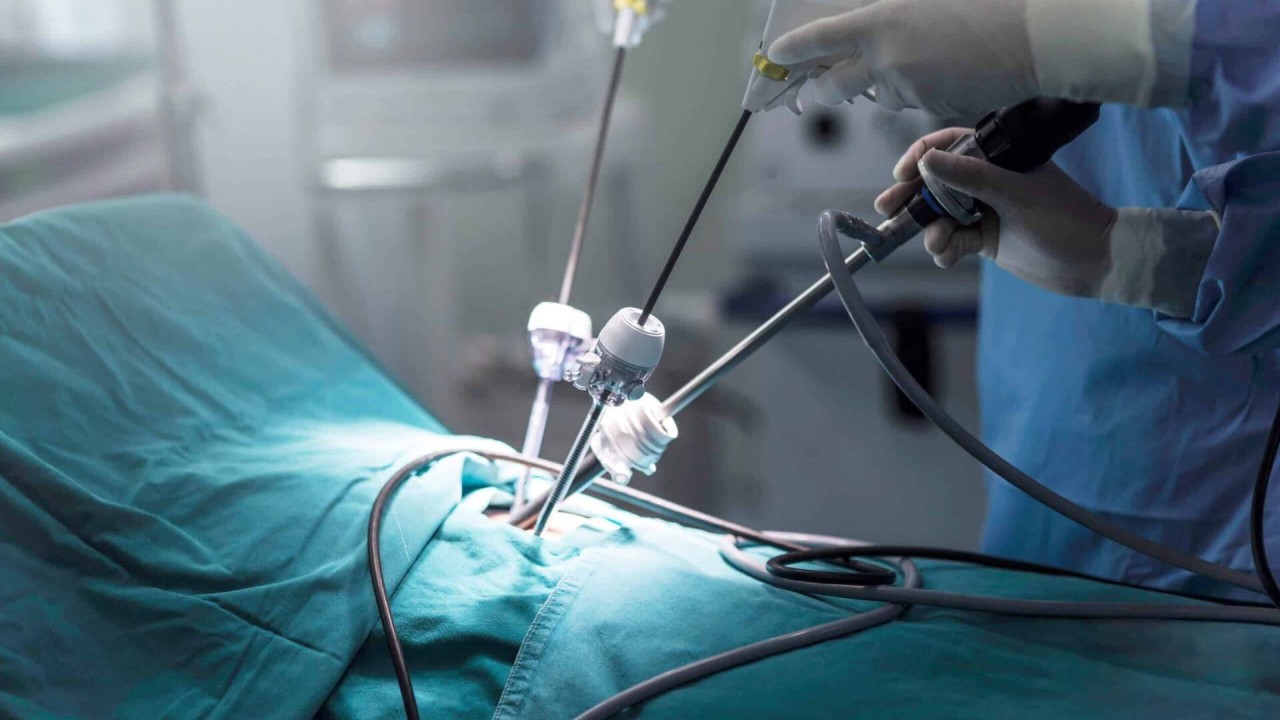The Science of Pain Reduction in MIS: Why Patients Feel Better Faster
Minimally Invasive Spine surgery (MIS) has emerged as a groundbreaking advancement in spinal care, offering patients quicker recovery times and significantly less postoperative discomfort, compared to traditional open surgery. This technique has fundamentally changed how spine surgery is approached, resulting in better patient outcomes, by utilizing smaller incisions and minimizing tissue disruption. Dr. Larry Davidson, a leader in minimally invasive spine surgery, has emphasized how these techniques contribute to a quicker and more comfortable recovery, particularly by minimizing inflammation and reducing reliance on opioids.
Understanding the science behind why patients feel better faster after MIS involves several key factors. These include reducing the body’s inflammatory response, preserving muscle integrity and decreasing the use of opioids. By improving pain management and enhancing the healing process, MIS enables a quicker and more comfortable recovery for patients compared to traditional approaches. This article delves into the specific mechanisms that allow MIS to reduce pain and accelerate recovery times, transforming the post-surgical experience for many patients.
Minimizing Inflammatory Response
One of the major contributors to postoperative pain in traditional spine surgery is the body’s inflammatory response. After surgery, inflammation is a natural part of the healing process. However, excessive inflammation can lead to increased pain, swelling and prolonged recovery times. Traditional open spine surgery, which involves larger incisions and more tissue disruption, often results in a more intense inflammatory response. The trauma to muscles, ligaments and tissues causes prolonged pain, swelling and discomfort, making the recovery process more challenging.
In contrast, MIS significantly reduces the level of inflammation. By using smaller incisions and specialized instruments, the procedure limits trauma to surrounding tissues. As a result, there is less inflammation, which not only minimizes pain but also contributes to a quicker recovery. With reduced swelling and discomfort, patients often experience less pain post-surgery, allowing for a smoother transition into rehabilitation and a faster return to daily activities. The less invasive nature of MIS enables patients to experience a more controlled inflammatory response, promoting faster healing. Controlling the inflammatory response early in the recovery process helps reduce the intensity of pain and accelerates recovery timelines.
Preserving Muscle Integrity
Another significant factor in the pain reduction experienced with MIS is the preservation of muscle integrity. Traditional spine surgery often requires cutting through muscle and soft tissues, which leads to muscle damage, weakness and increased pain during the recovery process. In contrast, MIS uses advanced technology to maneuver around muscles, rather than cutting through them, ensuring minimal damage to these crucial tissues. This preservation of muscle integrity results in reduced postoperative pain and quicker recovery times.
By avoiding extensive muscle disruption, patients are able to maintain strength and mobility, which not only alleviates immediate post-surgical pain but also contributes to a faster return to normal activities. Preserved muscle function allows for an easier and more efficient rehabilitation process, which is essential for achieving optimal long-term outcomes. Patients who undergo MIS often report fewer complications related to muscle weakness and less pain, making the overall recovery process much more manageable. The preserved muscle function helps with maintaining posture and balance, reducing the risk of future injuries.
Reducing Opioid Reliance
Opioid pain medications have long been the standard treatment for managing postoperative pain, but their use comes with significant risks, including addiction, side effects and longer recovery times. Traditional spine surgery often requires strong opioids to manage the pain associated with larger incisions and greater tissue disruption. However, the minimally invasive approach reduces the need for these powerful medications. By minimizing pain through smaller incisions, reduced inflammation and less muscle disruption, patients undergoing MIS often find that their pain can be controlled with over-the-counter medications or other non-opioid alternatives.
The reduction in opioid use is one of the most significant advantages of MIS, as it reduces the risk of dependency and other negative side effects. Managing pain more effectively with fewer medications enables patients to focus more on rehabilitation, and return to their daily lives with fewer obstacles. This shift in pain management strategies is also important in addressing the broader public health issue of opioid misuse and addiction. Dr. Larry Davidson stresses that lowering opioid use is central to improving recovery, giving patients a safer path back to health and self-sufficiency.
Faster Recovery and Reduced Pain Sensitivity
The benefits of MIS extend beyond pain reduction and minimizing opioid use. They also contribute to faster recovery times. Studies have shown that patients who undergo minimally invasive procedures typically experience less postoperative pain and recover more quickly than those who undergo traditional surgeries. The smaller incisions and reduced tissue disruption allow the body to heal faster, and patients are able to start rehabilitation sooner.
As the body heals more efficiently, patients experience less pain over time. With the inflammatory response under control and muscle function preserved, patients report feeling better sooner and are able to re-engage in physical therapy and daily activities much earlier. This quick recovery is one of the key reasons why MIS is increasingly preferred over traditional spine surgery, as it significantly improves the overall patient experience. As patients experience less pain and recover faster, their overall quality of life is enhanced, leading to greater satisfaction with the surgical outcome.
Optimizing MIS Outcomes
Early intervention and tailored recovery plans are essential in further optimizing the outcomes of minimally invasive spine surgeries. By integrating physical therapy and focusing on non-invasive pain management, patients are able to recover more efficiently, and with reduced pain sensitivity. The approach emphasizes that MIS is not just about reducing pain through surgery but also promoting long-term health, by enhancing muscle strength and overall well-being during recovery. This holistic approach to care helps patients recover quickly and with fewer complications.
Focusing on reducing pain from multiple angles through less tissue disruption, effective pain management strategies and preserving muscle integrity underscores the role of minimally invasive surgery in transforming the patient experience. The ongoing development of MIS techniques continues to improve recovery outcomes, offering hope to many who seek an alternative to traditional surgical methods.
The Future of Pain Management in Spine Surgery
Minimally invasive spine surgery represents a paradigm shift in the way spine surgery is performed and how postoperative pain is managed. By reducing inflammation, preserving muscle integrity and minimizing opioid reliance, MIS allows patients to recover faster, and with less discomfort. The combination of these factors contributes to an overall improvement in recovery outcomes, making MIS a more effective and patient-friendly option for spine surgery.
As surgical techniques continue to develop, the benefits of minimally invasive spine surgery will only increase. The focus on pain reduction and faster recovery is not only transforming the way spine surgery is performed but also enhancing the quality of life for patients. With less pain and a quicker return to normal activities, MIS is leading the way in improving patient outcomes and setting new standards for spine surgery.









Post Comment